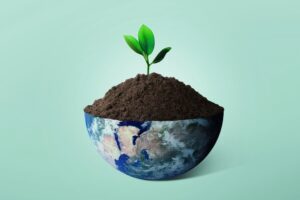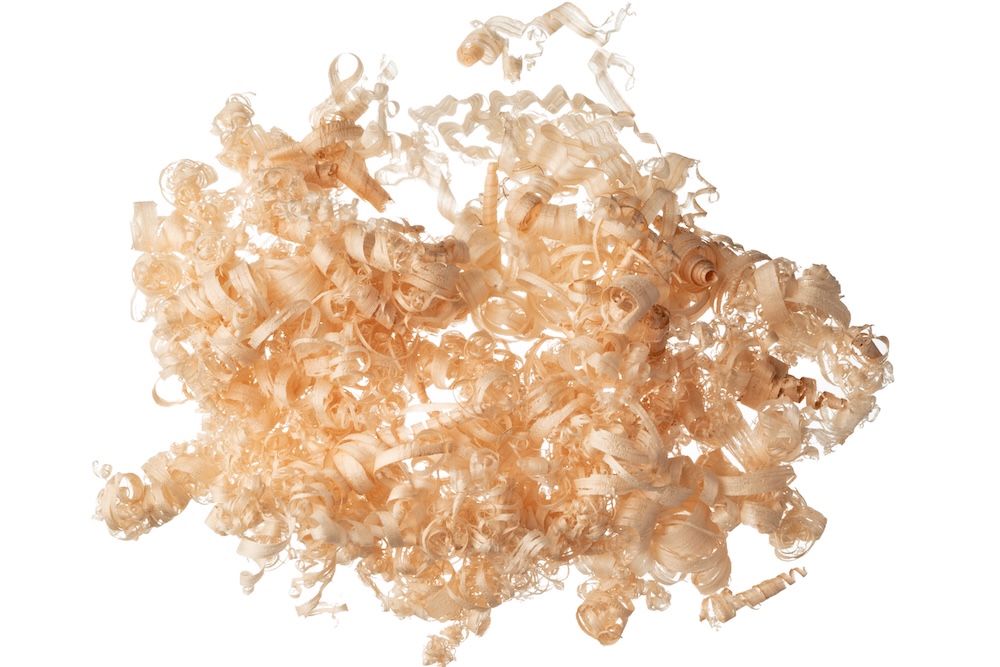We live in a world where marketing is designed to blur reality. Words like “natural,” “eco-friendly,” or “sustainable” are often slapped onto products that are anything but. Many everyday items sound harmless or even earth-conscious — but are secretly synthetic, petroleum-based, or linked to toxic byproducts. Here are 10 surprising examples, and how greenwash makes them seem better than they are.
1. Rayon and Viscose Fabrics
The Illusion: Marketed as “made from wood pulp,” rayon sounds like a natural fiber. Clothing brands often describe it as “plant-based” or “eco-fabric.”
The Reality: The wood pulp is heavily processed with chemicals like carbon disulfide, creating a synthetic fiber. Factories dump toxic wastewater, polluting rivers and communities.
2. “Silk” Flowers and Fabrics
The Illusion: Artificial silk is sold as a “cruelty-free” or “vegan” alternative to real silk.
The Reality: Most fake silk is polyester — a petroleum-based plastic fiber. It sheds microplastics and doesn’t biodegrade, making it neither natural nor sustainable.
3. Synthetic Rubber
The Illusion: Labels often just say “rubber,” leading consumers to assume it’s natural latex.
The Reality: About 70% of global rubber is synthetic, made from fossil fuels. Tires, shoes, and bands that seem “natural” are usually petrochemical products.
4. Faux Leather (Pleather)
The Illusion: Promoted as “animal-free” and “vegan leather,” often implied to be better for the planet.
The Reality: Most faux leather is PVC or polyurethane plastic. Production releases toxins, and the material breaks down into microplastics. Only newer plant-based leathers (like mushroom or cactus) truly offer a sustainable alternative.
5. Crayons
The Illusion: Simple childhood art tools — who would suspect a crayon?
The Reality: They’re made with paraffin wax, a petroleum byproduct. Billions of crayons are produced each year, adding up to millions of pounds of fossil-fuel plastic waste.
6. Glitter
The Illusion: Marketed as “harmless sparkle” for crafts, beauty, and holidays. “Eco glitter” often uses vague terms.
The Reality: Most glitter is made from PET plastic film layered with aluminum — microplastics by design. “Eco” versions are often just smaller or plant-coated, but true biodegradable glitter is rare.
7. Synthetic Dyes
The Illusion: Products advertise “color derived from nature” or use color names like “forest green” or “berry red.”
The Reality: Most dyes in clothes, food, and cosmetics are synthetic petrochemicals. Textile dyeing is one of the most polluting industries, contaminating waterways worldwide.
8. Waxes and Polishes
The Illusion: Furniture and car wax brands often emphasize “natural shine” or “classic finish.”
The Reality: Many are made with paraffin and other fossil-based ingredients. Even candles labeled as “natural” are often paraffin unless they specify soy, beeswax, or carnauba.
9. Chewing Gum
The Illusion: Traditionally made from tree sap, gum is still marketed with natural imagery like leaves, forests, or “clean” packaging.
The Reality: Modern gum bases are plastics — polyethylene and polyvinyl acetate — the same materials used in adhesives and packaging. Yes, you’re literally chewing plastic.
10. “Eco” Plastic Bags
The Illusion: Labels like “biodegradable” or “oxo” make these bags sound harmless.
The Reality: Many simply fragment into microplastics instead of fully decomposing. Regulators in the EU have already banned these misleading claims, but greenwashed bags still circulate globally.
FAQs
Why does greenwashing work so well?
Because consumers want to make better choices, companies exploit language like “plant-based,” “eco,” or “natural” without clarifying the hidden costs.
Is vegan leather always bad?
No — the issue is plastic-based faux leather. Innovations like mushroom, pineapple, or cactus leather are more sustainable options.
How can I tell if something is greenwashed?
Look for vague claims without certifications, check the material breakdown, and be cautious of products that sound too good to be true.
Final Thoughts
This list is not meant to discourage — it’s meant to uncover the ways greenwashing hides synthetic realities behind comforting words. By questioning what’s truly “natural,” we begin to resist the illusion. Awareness gives us power: to choose products that are truly renewable, biodegradable, and non-toxic.









Reader Interactions